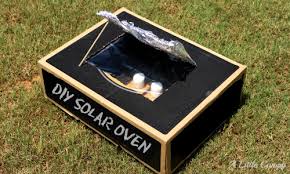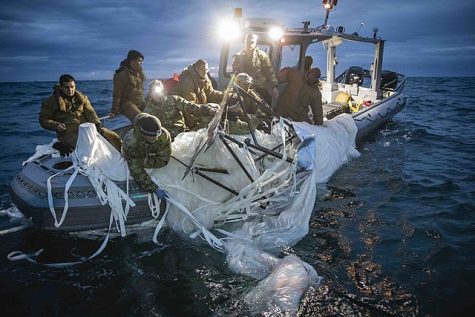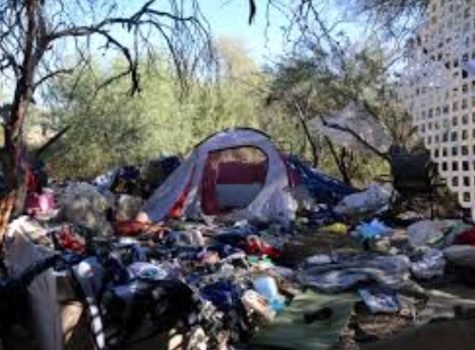The Class That Lets You Eat Biscuits and Play With Legos

April 27, 2017
No native student can deny that Sahuaro is home to a bounty of rare and special classes. We are one of only two schools in Tucson to have a driving simulator, an auto shop run by one of the most experienced mechanics in the state of Arizona, and plenty of AP courses for the intellectuals. But there is one class at Sahuaro that only just a handful of other high schools in the state even have, Engineering. In the class, students find themselves modeling and mathing their way through some really awesome designs.
The class’s most recent build was a working oven made out of just cardboard, paper, tape, and thin plastic Mylar windows. When one student, Tri Nguyen, learned that his class would be making these, he couldn’t wait to get started, “It sounded really awesome because we were going to cook a biscuit out of a cardboard box.” But Tri would have to wait, because he wouldn’t even get to start the build for another three weeks.
“It’s important that we know the math behind the oven,” said Mr. Davis, instructor of the engineering class. “We need to have an accurate prediction of the highest possible temperature of the oven so that when we do build and test our ovens, we know how well they are designed.” After a month of math and reasoning, the time finally came for the students to build their first prototypes. They got into groups of three, and began to construct their ovens. It was clear to Tri that the students could not wait to get their hands working, “There was cardboard everywhere; it was like a tornado came in the room, just a big mess.”
After students finished building them, the prototype ovens were tested, then dismantled by other groups for critique and evaluation. They then were told to rebuild the ovens, but with reflectors, or large panels surrounding the window of the oven to direct more sunlight in. This would be their final oven.
Students rebuilt their ovens, made the necessary changes, then added reflectors. Zach Carver, another student in the class, offered his opinion on building these, “They were probably the hardest part of the whole thing. It took so much finesse to tear off the tin foil then transfer it onto the cardboard [reflector cutout] without wrinkling it.” It seemed nobody had their reflector game down, because everyone’s reflectors had wrinkles.
Once done building, it was time to test these babies. Starting during first lunch, both of Mr. Davis’s engineering classes took their ovens to the outdoor vending machines by the McConnell gym. Each group was given a biscuit and began cooking. “It took hours,” said Zach, “but it was really fun since we were able to get out of our other classes. Also, I could talk with my friends while we waited.” He then described his thoughts on the project as a whole, “It was pretty cool, honestly. Besides all the math stuff, it was fun knowing that we could cook a biscuit with just cardboard and tape. Took a few hours, but we got it done eventually.”
When Tri Nguyen was asked about the project, he was happy about it, but he also was excited for upcoming work as well, “Yeah, solar oven was fun, but I really can’t wait to build Lego robots.” The class will build robots using a Lego kit in the latter half of the second semester, one project among many more to exercise the young engineer’s minds.
If you are interested in engineering, it is required that you are in or have taken Pre-calculus.











john • May 4, 2017 at 11:34 am
this class actually sounds like fun, think I might sign up. well written article, good job vince.